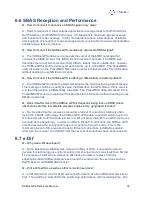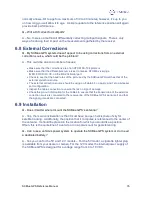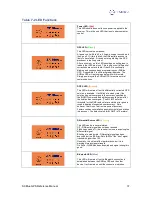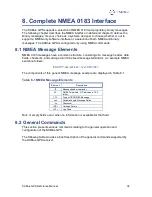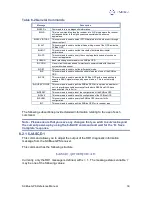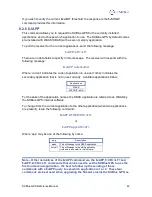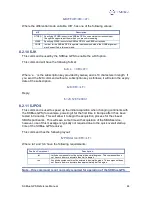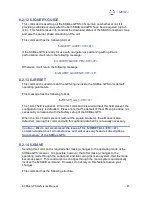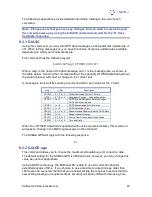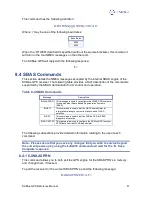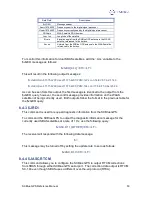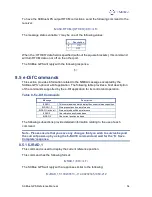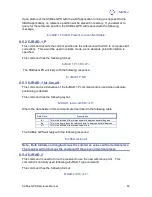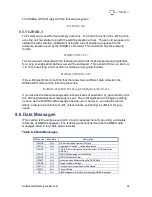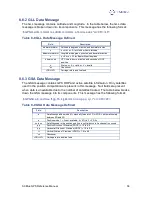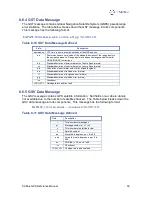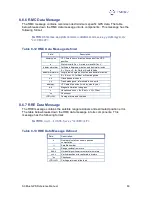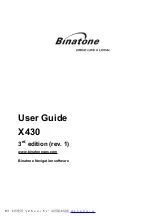
SXBlue GPS Reference Manual
47
7
This line indicates that D1 is output at a rate of 1 Hz from the other.
8
This line indicates that the current differential mode is WAAS
9
This line indicates the status of the altitude aiding feature.
10
This indicates the threshold of horizontal performance.
11
This line indicates the current elevation mask cutoff angle, in degrees.
12
This line indicates the current seed position used for startup, in decimal degrees.
13
This line indicates the current status of the AIR mode.
14
This line indicates the current frequency of the L-band receiver
15
This line indicates the current maximum acceptable differential age in seconds.
When issuing this command with the optional ‘,subset’ data field (without the square
brackets), a one-line response is provided. The subset field may be either CONF or GP.
When CONF is specified for ‘subset’, the following response is provided:
$>JSHOW,CONF,N,0.0,10.0,5,A,60W
This response is summarized in the following table:
Message
Component
Description
$>JSHOW,CONF
Message header
N
‘N’ indicates no altitude aiding
0.0
‘0.0’ indicates the aiding value, if specified (either specified
height or PDOP threshold)
10.0
Residual limit for the $JLIMIT command, which is not supported
by the SXBlue GPS.
5
Elevation mask cutoff angle, in degrees
A
AIR mode indication
60
Maximum acceptable age of correction data in seconds
W
Current differential mode, ‘W’ indicates WAAS mode.
When GP is specified for ‘subset’, the following is an example response provided:
$>JSHOW,GP,GGA,1.0
This response will provide the >$JSHOW,GP message header, followed by each
message currently being output through the current port and also the update rate for that
message.
8.2.16 $JT
This command displays the type of receiver engine within the SXBlue GPS and has the
following format:
$JT<CR><LF>
The receiver will return the following response, indicating that the receiver is an SX1g
(‘g’ for global differential operation) when in SBAS mode and SX1i when in e-Dif mode
(‘i’ for internal differential operation):


